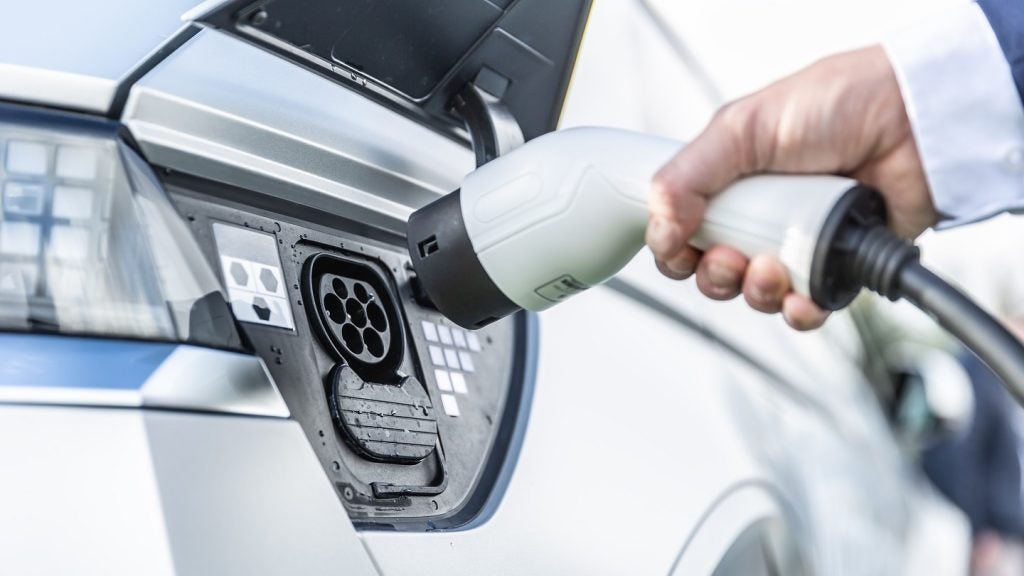Motor finance providers are likely to be least disrupted by transformation of the vehicle market value chain – but there is no room for complacency, writes Peter Ward, partner at LEK Consulting.
The nature of vehicles and how consumers buy and use them is in the early stages of far-reaching and fundamental transition.
There are four key areas of transformation: vehicle innovation; shifting vehicle retailing, purchasing and financing patterns; regulation; and the competitive environment.
So what should motor finance providers be most worried about? And how should they respond? To get to that point, they must first understand the many forms of innovation taking place.
What happened to my car?
Features such as Advanced Driver Assistance Systems are giving vehicles greater autonomy, but also increasing their technical complexity, leading to new implications such as new repair-versus-replace trade-offs.
How well do you really know your competitors?
Access the most comprehensive Company Profiles on the market, powered by GlobalData. Save hours of research. Gain competitive edge.

Thank you!
Your download email will arrive shortly
Not ready to buy yet? Download a free sample
We are confident about the unique quality of our Company Profiles. However, we want you to make the most beneficial decision for your business, so we offer a free sample that you can download by submitting the below form
By GlobalDataThe possibility of fully autonomous vehicles is emerging, but it will take perhaps a decade before they are commercially available – and then in fairly small numbers to start with.
Electric vehicle (EV) volume growth provides a new category requiring finance. EVs are likely to have very different depreciation profiles and/or resale values from traditional vehicles. A key factor will be differing vehicle longevity: EVs last longer than internal-combustion cars as they have far fewer moving parts.
The emergence of connected vehicles is changing OEMs’ strategies and market shares. The ‘connected vehicle’ provides them with new opportunities for enhanced customer relationships and after-market services.
The resulting data promises fresh insights, such as how customers can better maintain their cars, and additional revenue opportunities from more regular and closer interaction post-sale.
Can’t I just buy it on Amazon?
The internet has transformed the purchasing process for cars: many people conduct online research before going to a showroom to review and purchase a vehicle, and a small but growing number of cars are being bought directly online.
Online lending, too, is becoming a more viable option for many customer segments. The traditional model of providing finance in the showroom is being challenged; those financiers who rely on this strategy will face market erosion, if only gradually at first.
To succeed, financiers need to engage with customers at different stages of the evolving vehicle purchase process. The most forward-thinking will also use connectivity to bolster post-sales customer relationships and broader revenue opportunities.
Increased customer uncertainty about how vehicles will change could also lead to a new range of vehicle or financing/ownership preferences, which motor financiers will need to accommodate. These trends have already contributed to leasing and PCP agreements gaining traction over classic hire-purchase financing arrangements.
Regulatory uncertainty
The regulatory environment is adapting, and will continue to adapt as these trends play out. But given the pace of change, it is difficult to form a robust medium-term view of what the landscape will look like in five to ten years.
However, we can expect continued emphasis on consumer protection, such as the possibility of intervention on potential mis-selling of finance, as seen with the Financial Conduct Authority’s ongoing investigation.
A new competitive environment
New entrants to the vehicle markets – many of which, like Uber, are already household names – have shaken up what was a very conventional industry.
The OEMs have been most noticeably affected and are working hard to adapt, including trying to hold on to the ‘ownership’ of their customers and broaden relationships with them.
But all market participants need to remain vigilant about potential disruption to their customer relationships and routes to market. The most successful will look for opportunities to disrupt others.
Trouble ahead, perhaps, but financiers are in a good position
Significant changes are ahead for the motor finance industry, but it is probably the most insulated part of the vehicle value chain – motor manufacturers and insurers are likely to be affected much more profoundly.
But there is no room for complacency, and failing to adapt would leave some financiers in a vulnerable position. The finance providers that thrive in the new environment will be those who pro-actively monitor, anticipate and adapt to the fundamental changes ahead of them.








